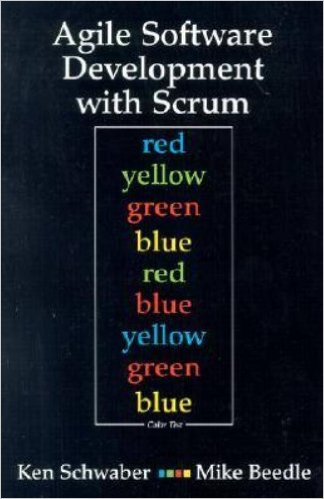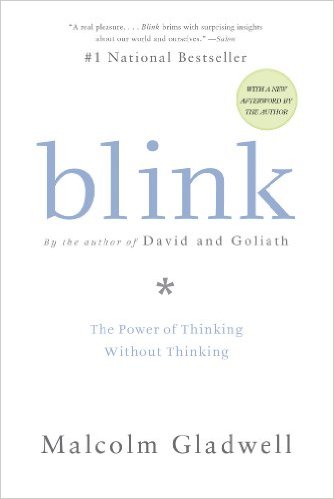
Book Review-Agile Software Development with Scrum
If you regularly read this blog then you know that I’ve been doing a lot of reading and reviewing of agile methodology books. (Agile & Iterative Development: A Manager’s Guide, Balancing Agility and Discipline: A Guide for the Perplexed, etc.) It’s a curiosity of mine both in terms of looking for things that can help with current methodologies and how one might do the best implementation of an agile method in a project. I’ve also been reviewing more traditional software development titles to see how they might be useful in making projects more successful (The Security Development Lifecycle, The Psychology of Computer Programming, Peopleware, The Rational Unified Process Made Easy: A Practitioner’s guide to RUP, etc.)
One of the challenges is finding a book that talks about real world experience with agile methodologies. Agile Software Development with Scrum is that book. While Ken Schwaber and Mike Beedle are careful to include the fundamental psychology that makes Scrum work, they also share many personal experiences with how projects have succeeded or failed – and what factored into those successes and failures.
While the book won’t make you a good Scrum Master right out of the gate, it does go farther than other books in explaining the psychological underpinnings of Scrum ideas so that you can adapt the methods to suit your needs – most Agile proponents and books advocate a “no changes” sort of policy. While this book doesn’t directly encourage making changes it takes a much softer line on the issue than previous agile development books.
Whether you’re looking for the practical details of how to implement scrum or the background to understand why scrum works, you’ll find an answer in Agile Software Development with Scrum

